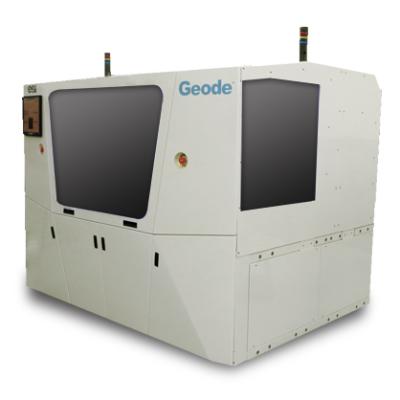
Electro Scientific Industries Inc. announced the availability of its Geode laser-based micro-via drilling system for high-density interconnects (HDI) on rigid printed circuit boards (PCB). This new entry combines a CO2 laser and advanced beam control capabilities to deliver industry-leading throughput and accuracy from a system that is significantly smaller and lighter than current competitive offerings.
The system’s sophisticated beam steering and pulse shaping technologies provide the flexibility and control that will be required for 5G applications using high-frequency compatible materials and finer-pitched interconnects fabricated with modified semi-additive processes (mSAP).
“The Geode leverages ESI’s decades of experience in laser optics and laser-material interaction to deliver a system that out performs and out produces anything on the market,” stated John Williams, vice president of marketing, ESI. “Other HDI laser systems are based on legacy mechanical drilling platforms that were large and heavy, the Geode system’s design is based on a lighter-weight, smaller-footprint platform that is purpose-built from the ground up specifically for HDI laser processing. This design not only helps Geode meet the high-accuracy, high-throughput requirements of processing applications such as 5G, but also makes it a more cost-effective platform for our customers to install and maintain.”
The Geode system uses a powerful 9.4µm pulsed CO2 laser, emitting infrared radiation ideally-suited for rigid PCB materials. Its HyperSonix technology shapes laser pulses to improve throughput and via quality. AcceleDrill distributes pulse energy to improve throughput and via metrics and also permits multiple via sizes in a single pass. VDC (via density compensation) controls local heating to minimize heat-affected zones and improve accuracy, throughput and diameter stability.
Contact Details
Related Glossary Terms
- shaping
shaping
Using a shaper primarily to produce flat surfaces in horizontal, vertical or angular planes. It can also include the machining of curved surfaces, helixes, serrations and special work involving odd and irregular shapes. Often used for prototype or short-run manufacturing to eliminate the need for expensive special tooling or processes.
